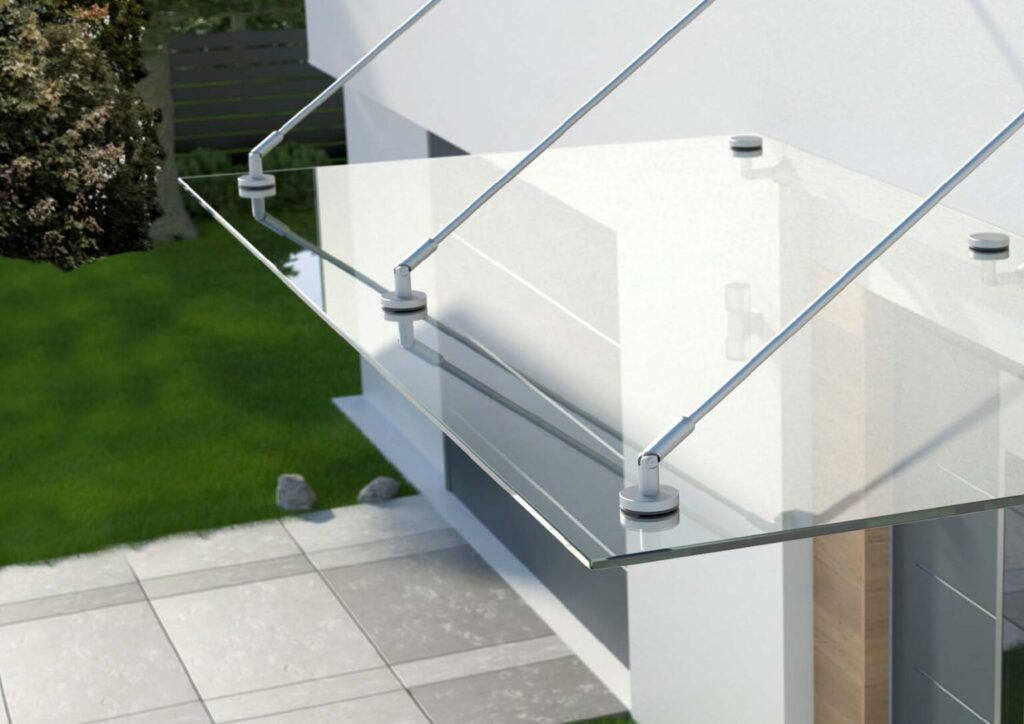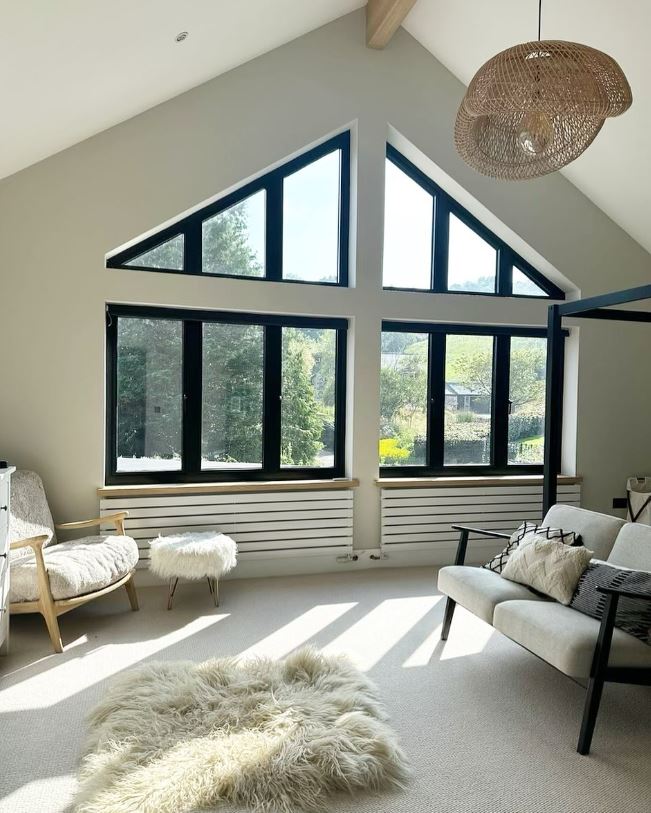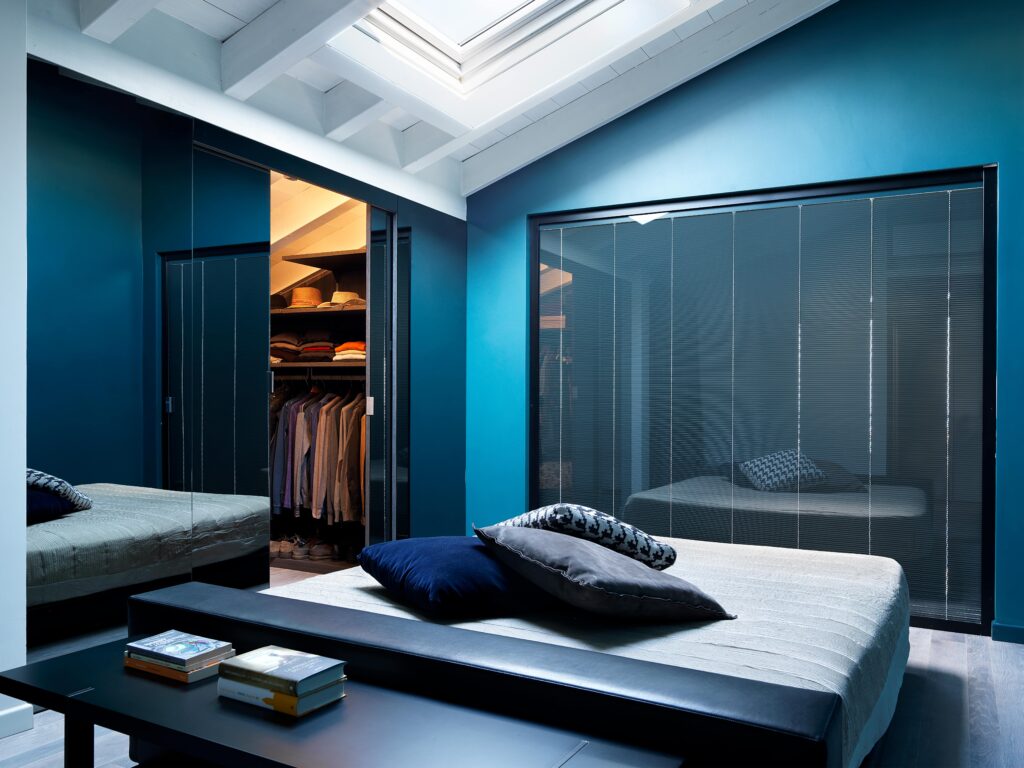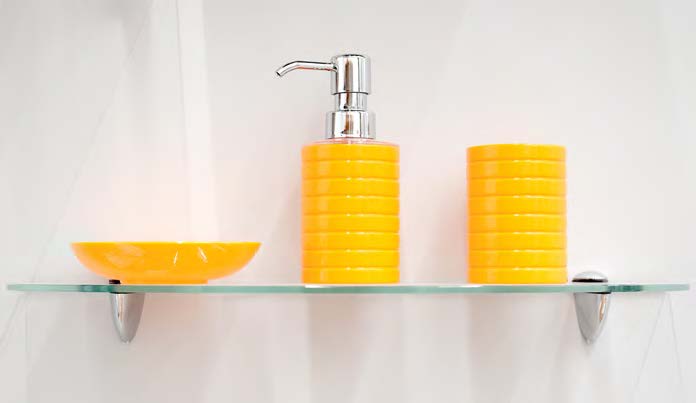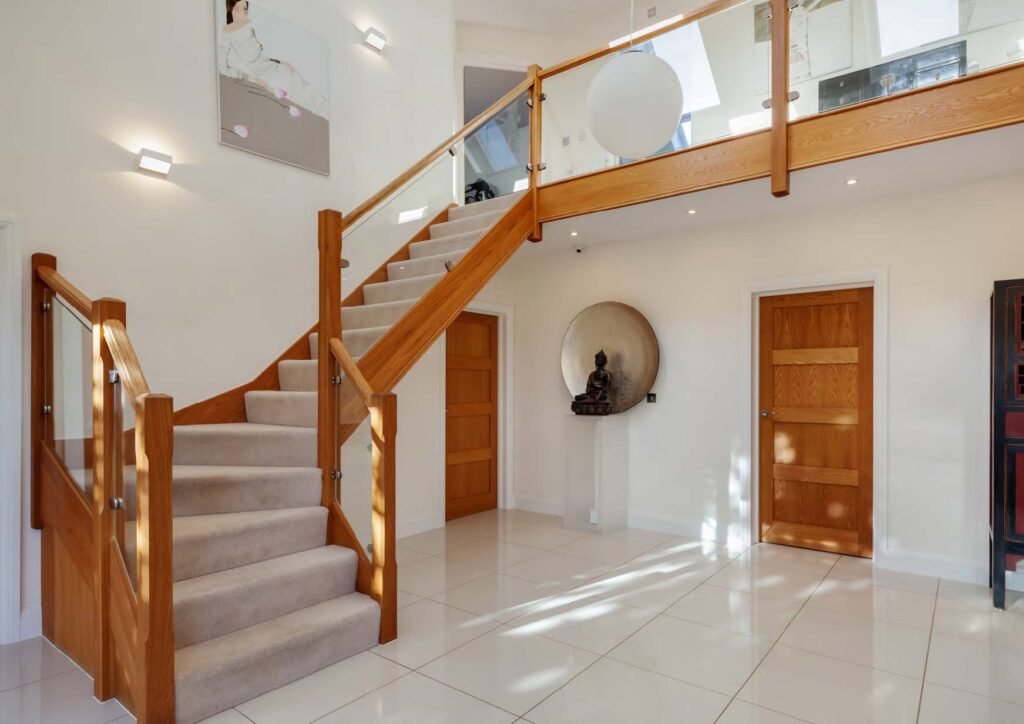Top 8 Office Trends
Top 8 Office Trends The modern workplace has undergone a massive transformation in recent years. From open-plan layouts to hybrid work models, today’s office is not just a place to work, it’s a strategic space designed to foster productivity, collaboration, and employee well-being. At UKO Glass, we’ve seen how glass can help shape these evolving environments. But glass is just one component of the bigger office design picture. Here are the top 8 office trends, and how glass fits into this forward-thinking future. 1. Hybrid Work-Ready Layouts The rise of hybrid work, where employees split time between home and office, has changed how businesses think about space. Offices are becoming flexible collaboration hubs, rather than rows of assigned desks. Designers are incorporating open lounges and meeting zones that serve multiple purposes. Glass partitions are key to defining these zones without making the space feel closed off. Whether it’s a quiet focus room or a semi-private meeting area, glass divides space while preserving openness and natural light. Why it matters: Hybrid layouts encourage collaboration and accommodate different work styles, all while maintaining a sleek and professional look. 2. Transparent Spaces with Glass Partitions In a time when transparency is valued more than ever, glass partitions are becoming a design standard. They allow light to flow through the office, reduce the need for artificial lighting, and create a sense of openness while still defining functional areas. Modern glass partitions come in a range of options: clear, frosted, tinted, soundproof, and even switchable smart glass that transitions from transparent to opaque. These solutions are perfect for conference rooms, private offices, or breakout zones where privacy and visibility need to be balanced. Why it matters: Glass partitions make spaces feel larger, brighter, and more connected, without sacrificing privacy or acoustic control. 3. Sustainability and Eco-Conscious Materials Sustainable design has become a core priority for businesses. Glass contributes to these goals in multiple ways. It allows for more natural daylight, reducing the dependence on artificial lighting. Advanced glazing technologies can improve insulation, reducing heating and cooling costs. And unlike drywall, modular glass partitions can be reconfigured or reused, cutting down on construction waste. Why it matters: Sustainable office design helps companies reduce their environmental footprint while improving long-term cost savings. 4. Biophilic Design and Natural Light Biophilic design, the integration of natural elements into indoor spaces, continues to gain traction. Offices are bringing in indoor plants, green walls, natural wood finishes, and most importantly, sunlight. Floor-to-ceiling glass walls and interior glass partitions allow sunlight to travel throughout the space, supporting circadian rhythms, reducing eye strain, and creating a more comfortable environment. Glass also enables views of outdoor greenery, enhancing that connection to nature even further. Why it matters: Exposure to natural elements reduces stress, improves focus, and supports mental health, a must-have in today’s fast-paced work environment. 5. Focus on Acoustics and Privacy As open office layouts have grown, so has the need to manage sound. Noise distractions are one of the top complaints in modern workplaces. That’s why acoustic zoning is a huge focus in new office design trends. Acoustic glass partitions offer excellent sound insulation while keeping the space open and light-filled. Frosted or patterned options add visual privacy for meeting rooms or executive offices, while still keeping a contemporary, clean look. Why it matters: Employees need quiet zones for focused work and private conversations, without turning the office into a maze of solid walls. 6. Wellness Rooms and Mental Health Spaces As mental health takes centre stage in workplace conversations, companies are introducing dedicated wellness rooms into their office designs. These quiet, private spaces are intended for relaxation, meditation or even a moment of solitude during a stressful day. Wellness rooms are often equipped with soft lighting, calming colours, comfortable seating, aromatherapy, or sound machines. Some companies go a step further with nap pods, yoga mats, or virtual therapy access. These spaces signal that employers genuinely care about employee well-being—not just productivity. Why it matters: Providing employees with a space to decompress promotes emotional balance, reduces burnout, and fosters a healthier, more supportive workplace culture. Glass Is the Future of the Office As we look to the future of office design, the message is clear: employees want spaces that are flexible, transparent, healthy, sustainable, and inspiring. Glass, especially in the form of partitions and interior glazing systems, meets all these needs. At UKO Glass, we offer a range of stock and bespoke glass sizes in a range of different styles to tailor to your specific needs for your office building, including oversized units for glass partitions and acoustic glass for a quieter environment. Interest in upgrading the energy efficiency in your office? Speak to our team on 01422 861116 today to find out more information!
Top 8 Office Trends Read More »


